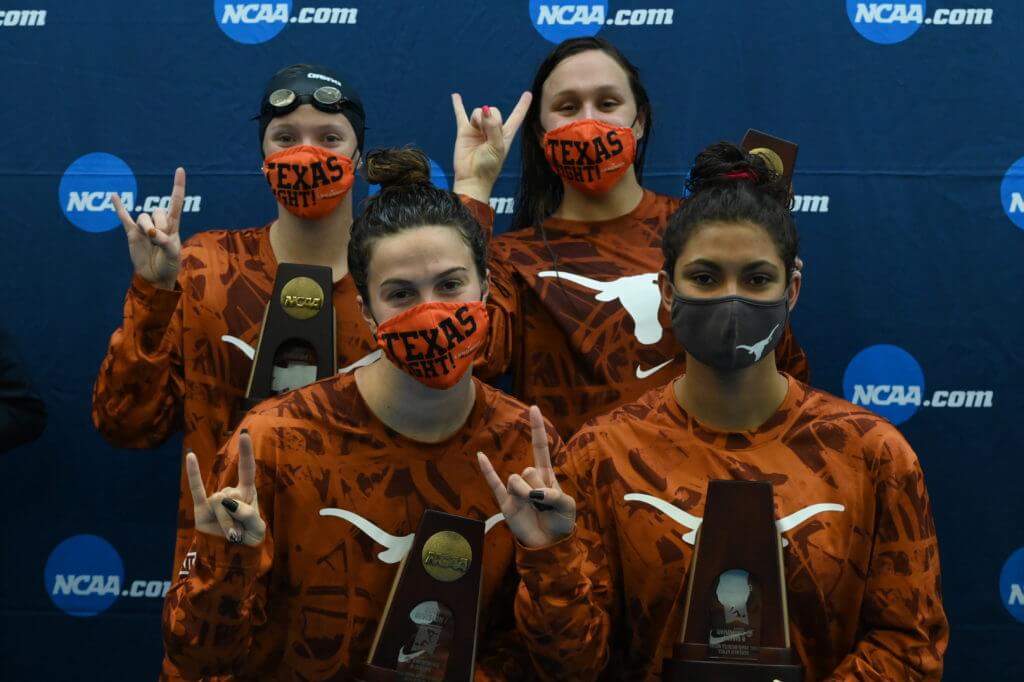An Important Choice: Breaking Down The College Swimming Decision

An Important Choice: Breaking Down The College Swimming Decision
The college recruitment process normally requires a lot of phone calls, emails, campus visits and more. Finding the right college “fit” is a long, hard road traveled by any and all aspiring student-athletes. Making a decision can sometimes be overwhelming, so that’s why swimmers should be well informed before choosing a school.
The Balancing Act
“It’s essentially like being a big fish in a small pond or a small fish in a big pond. If you know you’re wanting to go to medical school, but the big (Division I) university is offering you no scholarship—while a couple (Division II) universities are offering you full scholarships, maybe you consider the (Division II) option,” Abigail Fish wrote in the online article Want to SWIM in College? Here’s 5 Tips to Help YOU with the Recruiting Process!
Fish explains later in her article that exploring schools with good academic opportunities can be beneficial for swimmers trying to choose between different divisions. Swimming cannot be someone’s only focus in college after all!
Participating in a sport – and doing well in a sport – requires a huge time commitment. When deciding on a school, student athletes must make sure that they fully embrace the idea of swimming full time in college. In most cases, that means early/late practices, hard workouts, and a lot of hours in the pool every week. On top of this, students must also continue to perform well in their academic classes.
Sound like a lot?
It does. But, it can be doable for someone with a strong work ethic, drive, and desire to be better than they were the day before.
Getting Recruited
Some students are lucky enough to have coaches call them, attempting to recruit new swimmers to their schools. However, not every student gets a million emails a day from different coaches. This is why it is important for these students to be their own self advocates, ensuring that they are able to find a place to swim after high school.
Young swimmers should try and “show” different coaches why they would fit well into their program. If they want to attend a big school, go for it! If a small school is more up their alley, they should do everything they can to get there.
Most schools have questionnaires on their websites, which aspiring swimmers can fill out. These questionnaires let coaches know which athletes are interested in their program. High school sophomores and juniors can potentially benefit.
Coaches will not come chasing after all student-athletes, so it is the athletes themselves who must show their interest to the coaches either by emailing them, calling, or maybe going in-person for a college tour.
The Different NCAA Divisions
Division I
Most Division I schools have large athletic programs, and swimming is no exception. These schools also offer the most scholarships. As of March 2021, each Division I school can offer 9.9 scholarships for men and 14 scholarships for women every year. In addition, many of these schools are extremely competitive and have produced Olympic-level talent in the past.
Division II
Division II schools usually offer an even balance between athletics and academics. While Division II schools offer fewer scholarships than their Division I counterparts, they still offer a good amount: 8.1 scholarships are offered per team, both in men’s and women’s swimming.
Division III
Division III is the largest of the NCAA divisions, however the division doesn’t offer any athletic scholarships. Despite this, these colleges still have passionate sports fans who are ready and eager to support their favorite teams. Swim teams usually have a wide range of talent as well.
It is important to note that there is no “bestDivision” for athletes to compete in. Above all, a student-athlete should choose a school that they feel the most comfortable with – both athletically and academically. It is all up to personal preference. Swimming in college can be a fun and motivating experience, so athletes should try to make the best of it when they have the chance.
All commentaries are the opinion of the author and do not necessarily reflect the views of Swimming World Magazine nor its staff.




Riley: Your writing is becoming much more mature as I read your articles each month! I am quite impressed with the research that you do and the concepts that you present.
Thank You!
Wow. A very informative article!